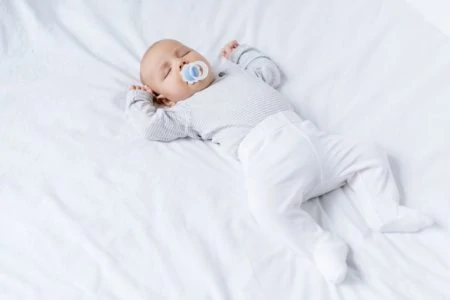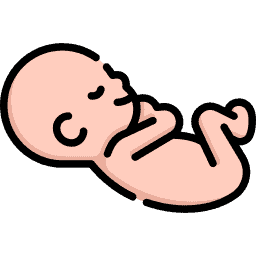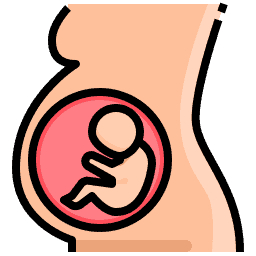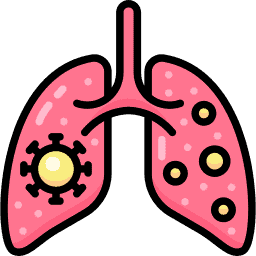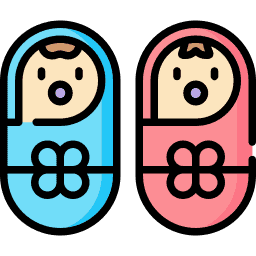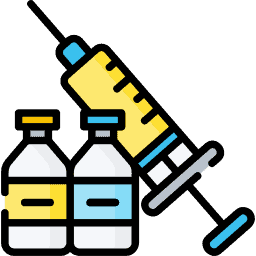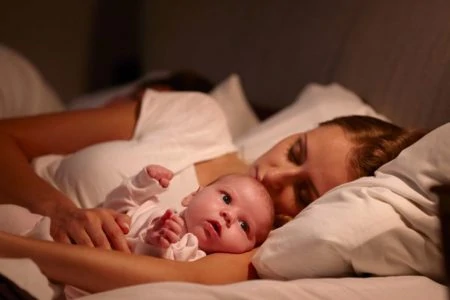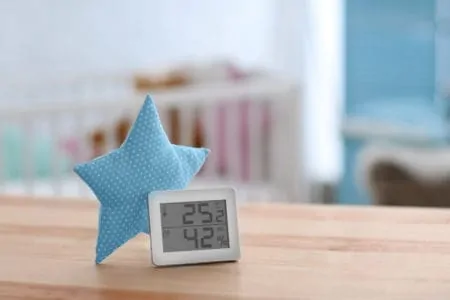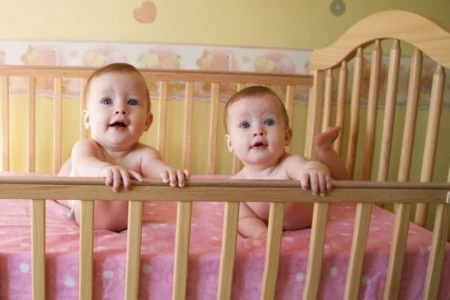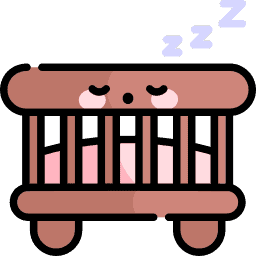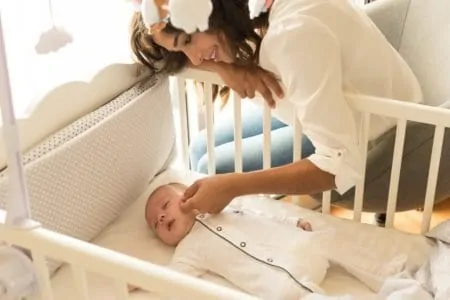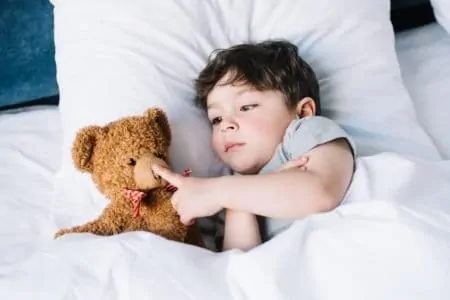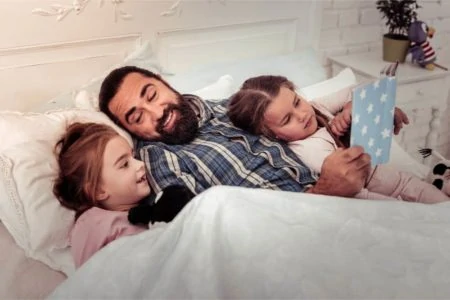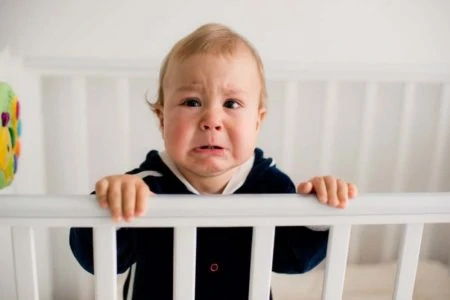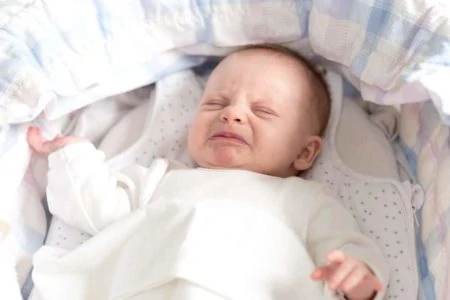It is the one thing almost every new parent worries about in the quiet hours of the night. SIDS is scary, but knowledge is power.
We are here to help you breathe easier (literally and figuratively) by breaking down exactly what you need to know to keep your little one safe. Let’s look at the facts, the risks, and the actionable steps you can take today.
What Is SIDS?
You likely already know the basics because it is a major concern for families everywhere. Sudden Infant Death Syndrome (SIDS) refers to the unexplained death of a seemingly healthy baby less than a year old, usually during sleep.
It often happens without warning. A baby goes to sleep and simply doesn’t wake up. It is heartbreaking, and because there is no immediate explanation, it leaves families searching for answers.
Most SIDS deaths (about 90 percent) occur before a baby reaches 6 months of age (1). The risk peaks between 1 and 4 months old.
It is important to note that SIDS is a diagnosis of exclusion. This means doctors only label a death as SIDS after ruling out every other possible cause.
What Causes SIDS?

Researchers use the “Triple Risk Model” to explain SIDS. This suggests SIDS happens when an infant with an underlying vulnerability (like a brain defect) is exposed to an external stressor (like sleeping on their stomach) during a critical development period.
While you cannot control every factor, knowing the risks helps you mitigate them. Here are the factors believed to increase the risk for SIDS and SUID (Sudden Unexpected Infant Death) (2):
What Doesn’t Cause SIDS
Because SIDS is so mysterious, it is easy to blame everything. Parents often wonder if a specific medication or a change in routine caused the tragedy.
While we don’t know everything, research allows us to rule out several factors. These things do not cause SIDS (8):
- Medication: Standard medications given to infants (like fever reducers) are not linked to SIDS.
- Contagions: You cannot “catch” SIDS from another baby. While respiratory viruses are a risk factor, SIDS itself is not a contagious disease.
- Vaccines: This is a common myth. Since SIDS peaks at the same age babies get their first shots (2 to 4 months), people often link them. However, extensive studies show no causal link. In fact, vaccines are protective (9).
- Vomiting on the back: Parents worry babies will choke on spit-up if they sleep on their backs. Anatomy proves otherwise; the airway sits above the esophagus when on the back, making it harder to choke.
How to Prevent SIDS
We cannot wrap our children in bubble wrap, but we can make their sleep environment as safe as possible.
The American Academy of Pediatrics (AAP) provides clear guidelines to reduce the risk of SIDS and other sleep-related deaths. Following these rules is the single most effective way to protect your baby.
1. Back to Sleep (Every Time)
This is the golden rule. Since the “Back to Sleep” campaign launched in the 1990s, SIDS rates have dropped by over 50 percent. Always place your baby on their back for naps and nighttime sleep. This position allows for the best airflow.
Side sleeping is not safe, as babies can easily roll onto their stomachs. Once your baby is strong enough to roll over on their own (usually around 4 to 6 months), you do not need to flip them back if they roll over in the night. However, you should still start them on their back.
Remember
2. Keep the Crib Empty
A cute crib is not always a safe crib. Bare is best. Loose bedding, thick quilts, pillows, and bumpers block fresh air circulation. If a baby burrows their face into these soft items, they can rebreathe their own carbon dioxide, which leads to oxygen deprivation.
3. Use a Safe Sleep Surface
Babies can fall asleep anywhere, but that doesn’t mean they should stay there. Here is where your baby should (and shouldn’t) sleep:
- Cribs: A crib meeting current safety standards is the safest spot.
- Bassinets: Bassinets are great for the first few months. Stop using them once your baby hits the weight limit or starts rolling over.
- Pack ‘n Plays: These are safe for sleep provided you use the firm mattress pad that comes with them.
- Swings and Bouncers: Babies shouldn’t sleep sitting up. If they nod off in a swing, move them to a flat surface. Their heavy heads can flop forward and block their airway.
- Hammocks: These are unsafe for unsupervised sleep as babies can roll into compromised positions (10).
- Couches and Armchairs: These are extremely dangerous. Babies can get wedged between cushions or the parent and the frame.
4. Share a Room, Not a Bed
The AAP recommends room-sharing for at least the first 6 months, and ideally up to a year. Keep the baby’s crib or bassinet within arm’s reach of your bed. This reduces SIDS risk by as much as 50 percent and makes breastfeeding easier.
5. Avoid Bed Sharing
We know it is tempting to pull the baby into bed for cuddles, but adult beds are fraught with hazards. Adult mattresses are too soft, and heavy blankets or pillows can easily cover a baby’s face.
There is also the risk of a parent rolling over onto the infant, especially if the parent is exhausted or has consumed alcohol or sedatives.
6. Check Your Gear
When buying a crib or bassinet, buy new if possible. Safety standards change frequently. If you must use a secondhand crib, ensure it hasn’t been recalled and is not missing hardware.
Check the slats. They should be no more than 2-3/8 inches apart (about the width of a soda can) so a baby cannot get their head stuck. Avoid cribs with drop-sides, which have been banned in the US due to safety risks.
7. Use a Firm Mattress
The mattress should be very firm. It might feel like a rock to you, but that is exactly what a baby needs for spinal support and safety. If the mattress is soft enough to leave an indentation when the baby lies on it, it is too soft.
Use a tightly fitted sheet specifically designed for that mattress size. No loose fabric should bunch up.
8. Ditch the Toys
Stuffed animals are adorable, but they are suffocation hazards for infants. Keep Teddy on the shelf, not in the crib. The crib should contain the mattress, the fitted sheet, and the baby. That is it.
9. Watch the Temperature
Overheating is a major risk factor. Keep the nursery at a temperature that feels comfortable to a lightly dressed adult. If you are sweating, your baby is definitely too hot.
Check your baby’s chest or the back of their neck to gauge their temperature. Hands and feet are often cool to the touch and aren’t a good indicator of core body temperature.
10. Use Sleep Sacks
Loose blankets are a no-go because they can get kicked up over a baby’s face. Instead, use a sleep sack (wearable blanket). They keep baby warm without the suffocation risk.
11. Stop Swaddling When Baby Rolls
Swaddling soothes newborns, but it becomes dangerous once a baby becomes mobile. If a swaddled baby rolls onto their stomach, they cannot use their arms to push up or turn their head to breathe.
You must stop swaddling as soon as your baby shows signs of trying to roll over, which usually happens around 8 weeks or 2 months.
12. Offer a Pacifier
Studies show that pacifiers have a protective effect against SIDS. Offer one at nap time and bedtime.
Do not force it if the baby rejects it, and if it falls out during sleep, you don’t need to put it back in. Never attach a pacifier to a string or a stuffed animal while the baby is sleeping.
13. Avoid “Positioners” and Wedges
Store shelves are full of products claiming to prevent SIDS, like sleep wedges or positioners. The FDA and AAP warn against these. They are unnecessary and can actually cause suffocation if the baby slides against them.
Similarly, home cardiorespiratory monitors do not prevent SIDS and can give parents a false sense of security (or anxiety due to false alarms).
14. Separate Sleep for Multiples
If you have twins, they should not share a crib. While they may have shared a womb, sharing a crib increases the risk of overheating and accidental suffocation. Give each baby their own safe sleep space.
15. Educate All Caregivers
This is crucial. Grandparents, babysitters, and daycare providers need to be on the same page. Safety guidelines have changed drastically in the last 30 years.
Grandma might think “back to sleep” causes flat heads or isn’t comfortable, but you must insist on it. Anyone watching your child needs to follow these rules every single time.
Pro Tip
Sudden Infant Death Syndrome FAQs
Here are answers to common questions parents have about SIDS and safe sleep.
In Conclusion
We know this is a heavy topic. It is hard to think about, but taking these precautions allows you to take control of your baby’s safety.Clear the crib, put them on their back, and trust your instincts. You are doing a great job. Now, go get some rest yourself, you definitely need it.
